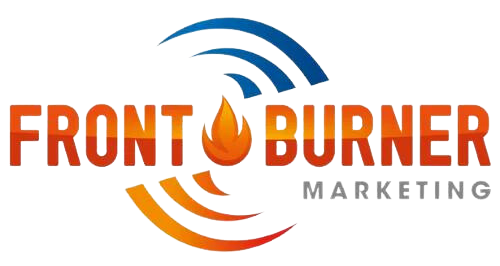
Email generates $38 for every $1 spent, which is an astounding 3,800% ROI, making it one of the most effective options available.
While email marketing is not a new sales technique, it’s still an incredibly effective way to reach out to prospects and customers to gain their interest and obtain new business. Especially now while many workers continue to work from home, email is often the best way to reach them. Best practices with this technique have evolved as more companies use email marketing platforms. Based on what we’ve learned over nearly two decades of working with a variety of clients, here are some of our best practices for email marketing:
- Personalize the email greeting – Nothing grabs the attention of your recipient better than including their name in the greeting. Don’t forget to create your email template using the first name of your contact to start your email off on the right foot.
- Write a concise subject line – A subject line should be 30-50 characters long (including spaces), otherwise it will get cut off in the list view pane on mobile devices and email accounts. To be effective, your subject line should create urgency while telling them what’s inside once they open it. Focus on the value you’re providing upfront. Many marketers test different subject lines to see which have better open rates.
- Keep your main points and call-to-action (CTA) above the fold– If your main CTA is below the fold, more than half of your recipients won’t see it. And it’s best to repeat your CTA 2-3 times within your email in different ways to entice the click.
- Always send from an individual and use an email signature– People are more apt to read and pay attention to an email when it’s received from a human, not a list or generic person (ex: sales@ or info@ email addresses). Even if sending a newsletter to a broad audience, it’s best to use an email signature from a person rather than none.
78% of marketers have seen an increase in email engagement over the last 12 months. - HubSpot
- Brand the header of your email – Whether you add your logo to your email or use a template, it’s best to be consistent to create recognition with your recipients. Some companies use email templates that look like their website, to not interrupt the look and feel that readers have become familiar with. Amazon does this very well, and although they are a mega company, there are a few things we can learn from how Amazon does email marketing.
- Update your mailing list regularly – To get the most accurate open rates, it’s best to clean out the people who never open your emails. Determine what period of time must go by before you will classify a contact as being “unengaged,” for instance, if they haven’t opened an email from you in 18 months. Then regularly unsubscribe those people from your email list who just aren’t interested in hearing from you. Continuing to send to unengaged contacts can impact your delivery rate, as your credibility as a sender of valued information drops with email services.
- Send your emails at the right time – according to moosend, sending a business email at Thursday at 8:30 AM looks like the best time to send your email or newsletter, as between 9-10 AM on Thursdays have the best open rates. These are overall statistics though, so pay attention to the behavior of your own recipients and use that to guide your sending dates and times.
- Set up an email nurturing campaign – Did a website visitor download a white paper about one of your products? Set up a series of emails that are triggered by this download, and be sure they’re related to the original content the visitor expressed an interest in. These will help to further engage the visitor and encourage them to move a bit closer toward converting into a customer.
- Don’t forget about email privacy laws – Don’t forget about GDPR, the EU Regulation that protects the personal data of EU citizens. If you use HubSpot, there is functionality you can turn on to comply. Additionally, if you are marketing to California, be aware of the CCPA, the new data privacy law.
- Opt-out functionality – Make it easy for your recipients to opt-out or reduce the amount of emails they receive from you. If you offer a one-click unsubscribe, ask why they want to unsubscribe so you can track this information for future improvements.
73% of millennials prefer communications from businesses to come via email. - HubSpot
There is no trick to email marketing, but it helps to send relevant well-crafted emails to your audience that offer additional information in the form of downloadable content to help you understand WHO is interested in furthering a conversation with your company. Optimizing your emails with the most compelling subject lines, personalization, and a CTA will help increase your open and click rates, ultimately helping you to convert your prospects into customers.
Marketing during a recession can also be a challenge. Download our Marketing during a Recession guide today to help!




.webp?width=224&name=FMB-RecessionGuide-CTA-Button_0520%20(1).webp)